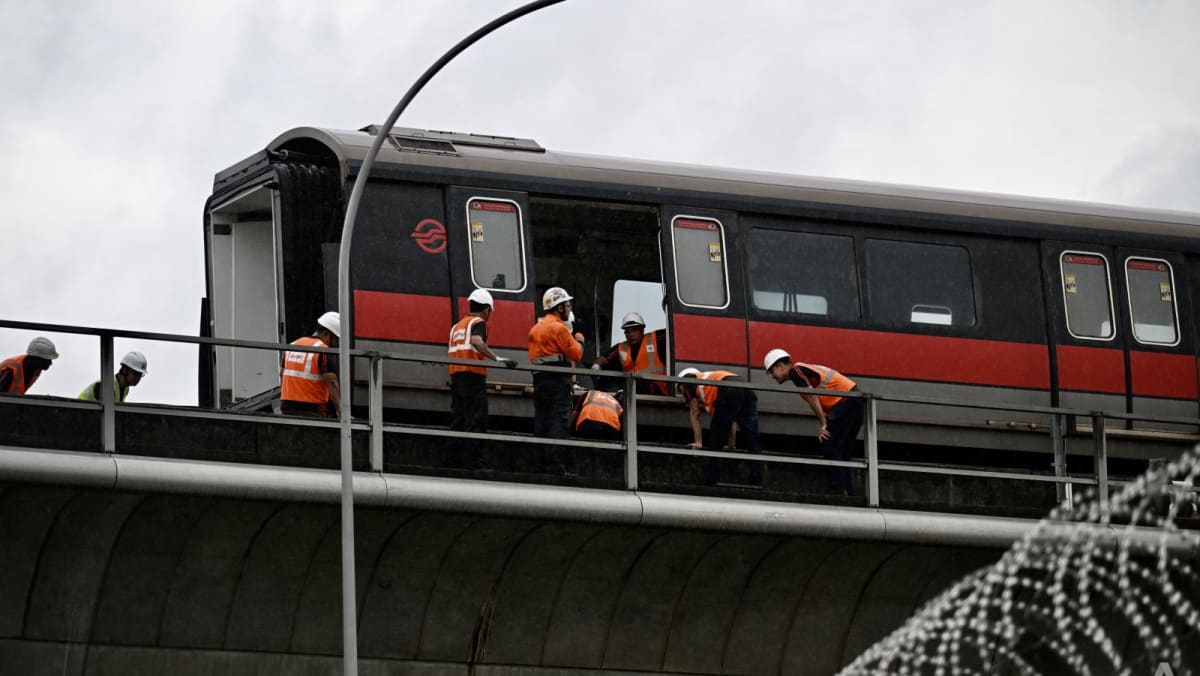NOT JUST A MEANS OF TRANSPORT
Why is the MRT system too big to fail?
Look at the data: Last year, there were an average of 3.45 million trips on the MRT and Light Rail Transit, making up about 44 per cent of all commuter travel excluding those by private vehicles.
These numbers will go up in future when more new lines are added. When almost half the population depends on trains for their daily travel, it is a no-brainer that the system is too big to fail.
The latest disruption affected 358,000 passengers on the first day and 516,000 the next day. Over the six days before full service resumed more than 2 million commuters were affected.
The economic cost of travel delays and to businesses affected were huge, not to mention the emotional stress and anxiety caused.
You just have to look at what people were saying on social media for an indication of the public angst.
One positive note this time round: I think there was less of it directed at SMRT staff on the ground compared to previous incidents. In fact, several posts spoke well of them doing their best to help confused passengers.
More of the unhappiness was directed at the operator, its management, the bus bridging services particularly on the first day, and the lack of information during the incident.
Inevitably, the government suffered much collateral damage.
An Institute of Policy Studies survey in 2014 showed how much the MRT meant to Singaporeans, and not just in commuting numbers.
When respondents were asked about 50 significant historical events concerning the country, the launch of the MRT in 1987 was cited as the most positive for them.
The MRT takes pride of place among the people because it represents progress and efficiency.
Conversely any major issue affecting it will be remembered and evoke strong feelings.
When respondents were asked about the 2011 incident when a train stalled inside a tunnel, seven in 10 cited it as an important event and eight in 10 said it would have future implications.
The MRT system is too big to fail for Singaporeans at an emotional level.
The December 2011 incident was investigated by a Committee of Inquiry and led to sweeping changes in SMRT and how it was managed.
Then Transport Minister Lui Tuck Yew admitted that the government including the Land Transport Authority were also at fault for failing to hold the operator accountable and ensuring it could deliver safe and reliable service.
Since then, much has been done to improve the system. A S$2.6 billion plan to renew the North-South and East West lines, the oldest here, is nearing completion, with new rail sleepers, signalling and power systems and the third rail, and every train will be replaced with new ones by 2026.
As a result, reliability has improved and the mean-kilometres-between-failure (MKBF), an internationally recognised measurement, has improved and is now more than a million MKBF.
But the nagging question remains amid the disruptions still occurring despite all the efforts so far: Has it been enough?

